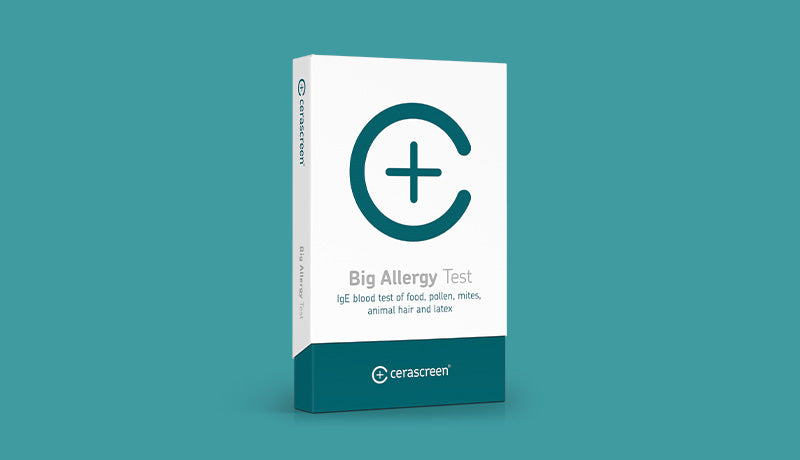Telefoncoaching

Teresa Kasel-Seibert
Certified Nutritionist with over 10 years of experience
Teresa holds a degree in holistic nutrition, is a yoga teacher, and enjoys creating her own healthy recipes. For over 10 years, she has been helping people make lasting changes to their diet and lifestyle, and use supplements effectively. Her goal is to show that food and movement often serve as “essential medicine” to achieve real improvements. In addition, she develops recipes and teaches vegan cooking classes, which is why she always has practical and easy-to-implement nutrition tips at hand.



